You want to make your job ads fit for Google and Co. so that they can be found better? Then this article is the right one for you. Here you will find everything you need, including an assessment of what is feasible and what is not.
What is SEO?
Search Engine Optimization (SEO) aims to improve the visibility of websites, blogs and other web content in Google, Bing and Yahoo search results. The goal is to increase a website's ranking in organic (non-paid) search results for relevant search queries.
SEO is essentially implemented through the following three methods.
On-page SEO
On-page SEO (or OnSite SEO) refers to the optimization of the individual pages of a website. The main focus is on the website content with relevant keywords, the optimization of meta tags and the HTML source code.
Off-page SEO
Off-page SEO covers all SEO measures outside the own website. These are for example backlinks and mentions of other trustworthy pages on the own website.
Technical SEO
Technical SEO includes measures that focus on indexing and crawling by search engines. Here, for example, structured data and the loading time of a website are optimized.
What is SEM?
Search engine marketing (SEM) is a form of online marketing in which paid advertisements are placed in search engines such as Google or Bing. The ads are usually (and provided that the searcher does not use an adblocker) placed at the top of a search query and billed according to a pay-per-click (PPC) system.
So for every search query via Google and Co. you see paid ads from SEM and the content from organic SEO that best matches your search.
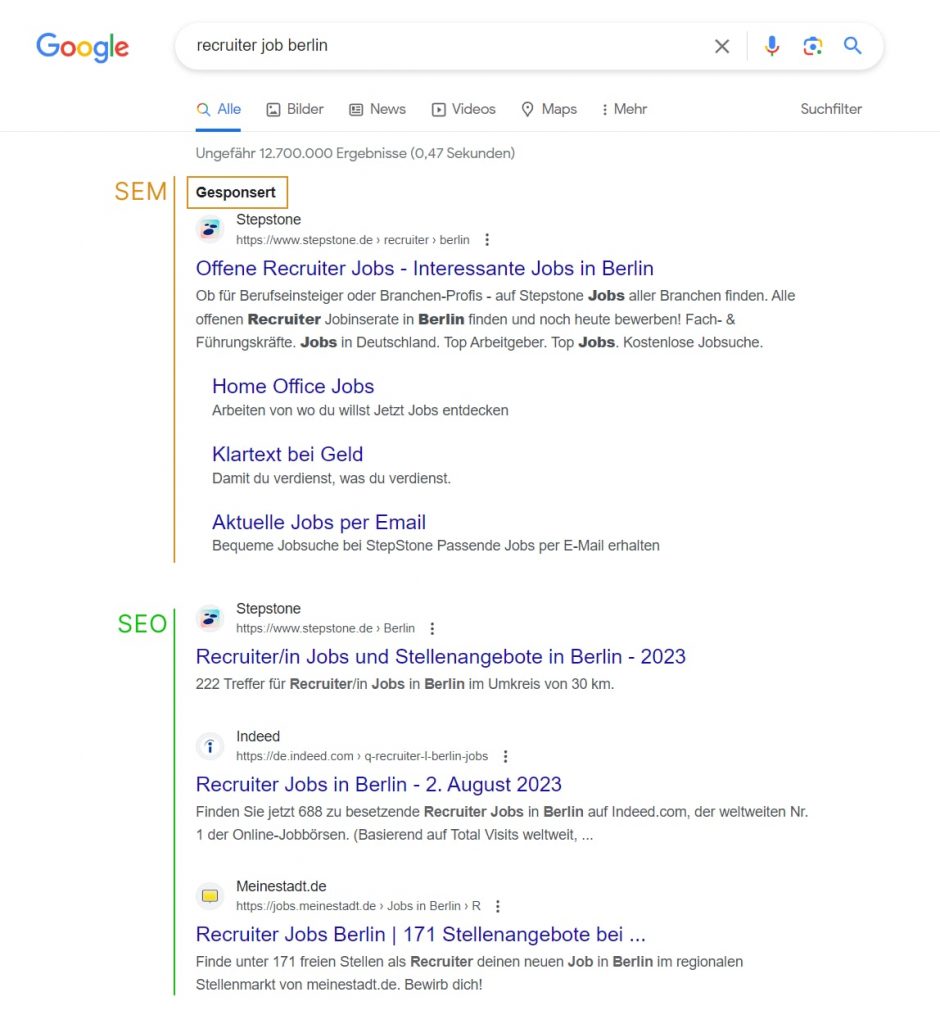
Recruiting 2.0: The starting position
According to estimates, Google, the market leader among search engines (market share in 2022: 87.6 %), processes 64,000 search queries per second worldwide. That is approx. 5.8 billion search queries per day.
This means a huge reach for websites and therefore also for well-optimized job ads. The problem: 99.1 % of all clicks on Google fall on the first page of search listings. Only 0.9 % of all searchers even click on page 2 of the Google results.
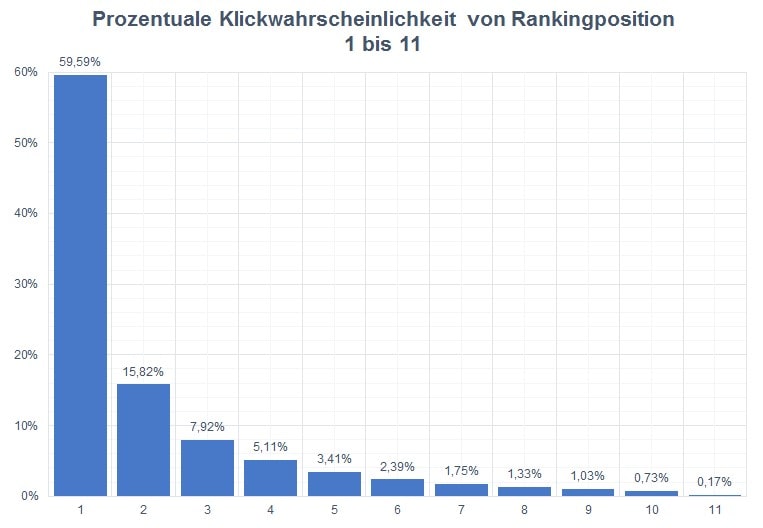
Accordingly, the first page of Google listings is extremely competitive. If you consider that you are on the Internet with over 200 million active websites and most of your competitors also know about the importance of SEO, it is important to paint a realistic picture of what you can and cannot achieve with SEO optimization.
SEO for job ads: The basics
Before you can assess to what extent SEO optimization is worthwhile for you and your job ads, you need to understand what the content is actually about. How do you do SEO? And how specifically for job ads?
The starting point for your SEO should always be the question, "How or what would I Google?".
How do you Google when you're looking for a new recruiter job? What three keywords best describe your search? Probably "Recruiter", "Job" and e.g. "Berlin"(or the place where you are looking / living). You can transfer this pattern for pretty much any other job. No matter if software developer, consultant or nurse.
SEO for job ads: The job title
And with this you have the first step to successful SEO for your job ads, namely in the form of the job title. This is your H1 heading (the most important of all headings), which may only be assigned once for your entire document and is an important SEO tool.
The headline precisely summarizes the content and is therefore an important indicator for search engines. Therefore, make sure to mention the right keywords here. For your open developer positions this could be e.g. the terms Software Developer, Software Developer, Software Engineer or also Java Developer, PHP Developer or React Developer be
Here you can include the required language skills by writing the job title in German or English, and also go into more detail about the tech stack, if this is appropriate. You can also add your industry (automotive, telecommunications, gaming, ...) to give the searcher a direct specification.
Important: When choosing the job title, keep in mind the above mentioned question: "How or what would I google?". Creative titles like "Coding Warrior", "Developer Rockstar" or "Code Hero" sound funny and different at first, but they don't lead to any results in SEO, because nobody searches for them.
SEO for job ads: The URL
The next step to successful SEO for your job ads is the URL. Since this is also read by the search engines, it is a good idea to use the job title plus the location. Make sure not to use underscores, but use hyphens if necessary. Keep the URL as short and concise as possible and avoid numbers and special characters.
This ensures that the URL is self-explanatory for search engines and searchers. This can have a positive effect on your ranking.
SEO for job ads: The meta title and meta description
In SEO, the meta title and meta description is the presentation of your page within the search results. When you google something, the search results are displayed with a title and a description. You define these with the meta title and meta description.
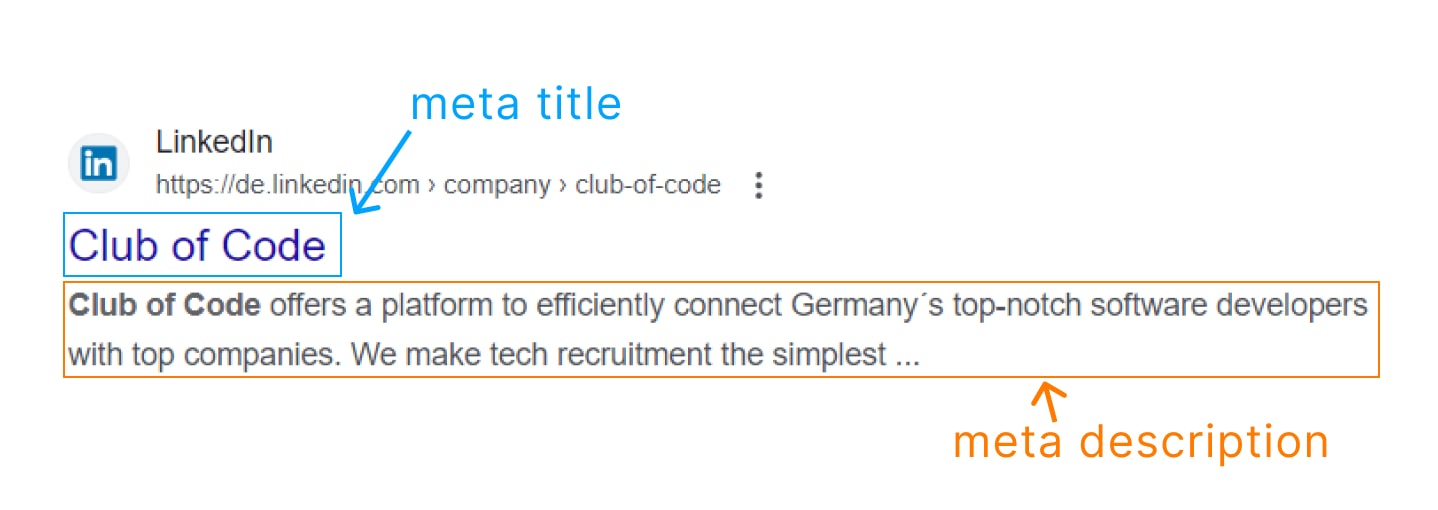
There are certain criteria for the meta title and meta description that you should adhere to so that your presentation remains easy to read. The meta title may be a maximum of 60 characters and the meta description a maximum of 160 characters long. Make sure that it contains all the relevant information that will make the searcher click on the link.
SEO for job ads: The content
In the center of your SEO-optimized job ad is your most important keyword from the H1 heading - the job title. This should appear frequently in the text, but within a framework that the text remains easy to read. By mentioning it several times, the search engines recognize your job ad as relevant and show it to someone who is searching for exactly this keyword.
Structure the job ad so that you start with an introductory sentence, which can also serve as a meta description. Introduce yourself as an employer and include links to your career page, press articles, etc. (so-called backlinks) to name trustworthy sources on your page. Be precise about the tasks and the candidate profile in order to mention keywords that your target group is looking for. You can also do this for the benefits section.
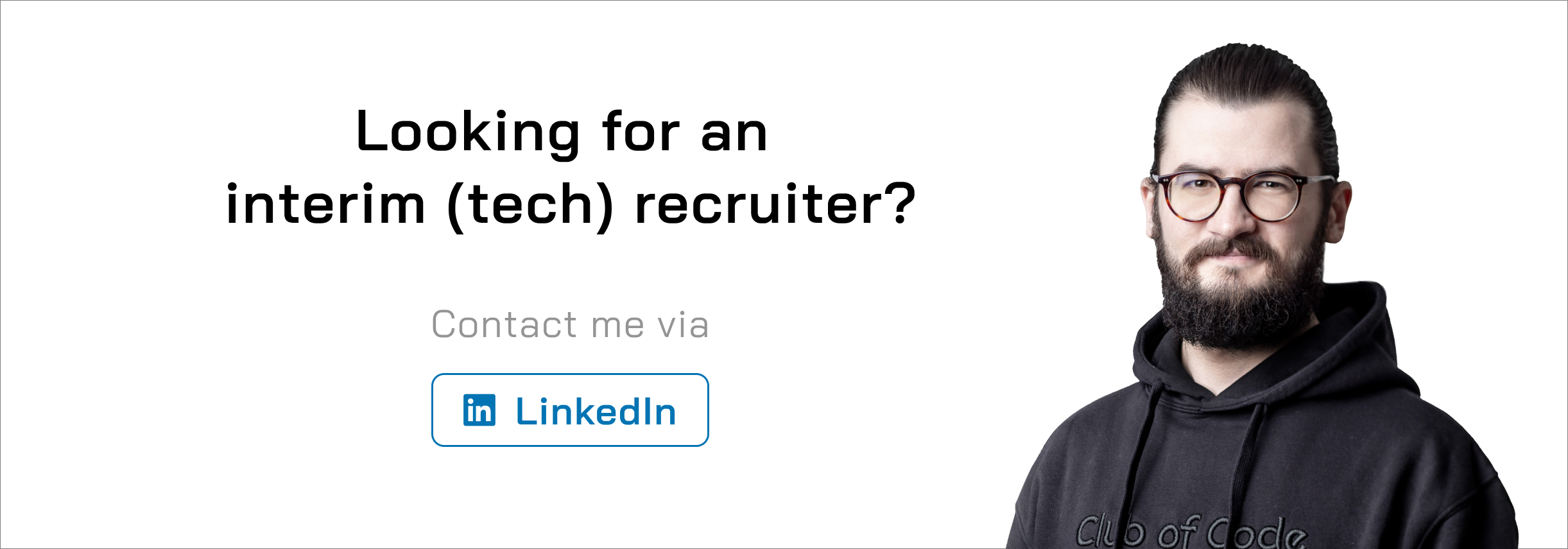
Share job ads on social media
Google and other search engines essentially work in such a way that pages that are clicked on a lot are ranked higher. If many people click on a page frequently and stay on it for a long time, it can't be bad and will accordingly be shown to others who are looking for something similar.
So your job ad pages need clicks. You can support this by sharing your job ads on your social networks. This will provide you with additional reach and also reach potential candidates who become aware of it via likes, hashtags or sharing.
SEO strategy: Think long term
Job ads are comparatively entertaining. Your career page and website are not. So it's best to develop a long-term SEO strategy that includes all your web content. Use SEO in all areas of your business to present yourself and your company digitally. An interview with an employee can be relevant for your recruiting as well as for your sales activities. Therefore, develop different formats to present yourself to Google and other search engines on a permanent basis. These could be, for example, the following:
- Website
- Career site
- Interviews with employees
- Department FAQs
- Infographics
- Studies
- Whitepaper
- and much more.
Here you can continue to rely on text, photos, videos and audio channels. You can set them all up SEO-optimized and use them for your recruiting.
SEO: Critical thoughts
To conclude the article, I would like to share some personal thoughts and classify the topic.
SEO is really relevant and has an effect that is not always immediately apparent. I always advocate being digitally present and understanding and applying the mechanisms of Google and Co. Here you can only win.
However, it is important to maintain a healthy expectation. In the above example of the search "recruiter", "job" and "Berlin" I get about 10 million results. And the first page presents me mainly Stepstone, Monster, Indeed and other large job boards. These have been investing a lot of resources in SEO and SEM for many years and are listed on page 1 in almost every search that has something to do with jobs. As we noted in "Recruiting 2.0: The Starting Point," only 0.9 % of all searchers click on page 2, and again, it's hard to get there.
Be sure to apply the topics mentioned here to your website and job ad, but also realize that SEO is also a competition where many players are already well listed.
In case you post your job ads on the mentioned job boards, note that almost identical "SEO rules" prevail here. So your effort will pay off twice.
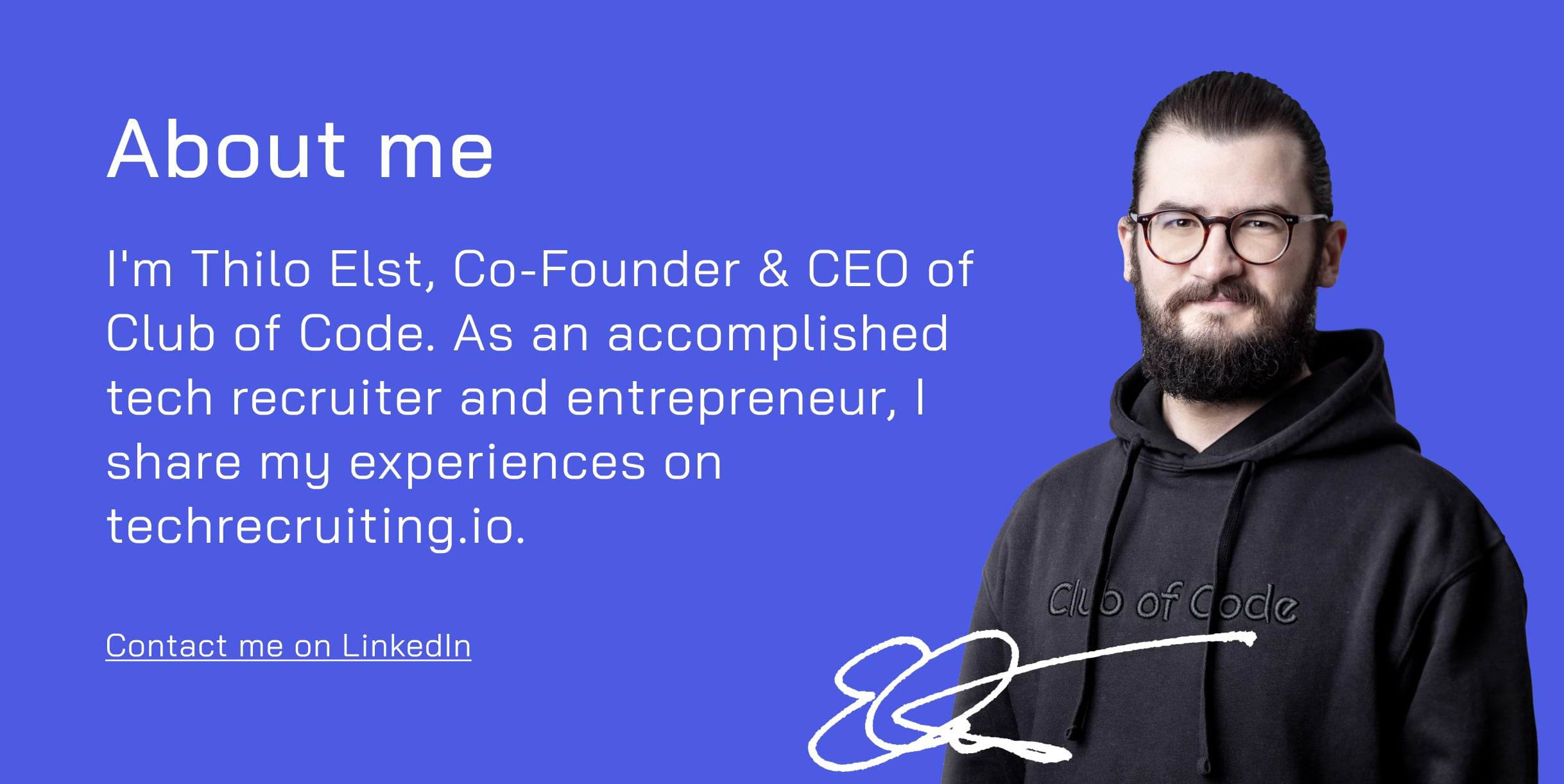
FAQ
What is Recruiting 2.0?
The term "Recruiting 2.0" is a word combination of "Recruiting" and "Web 2.0". It primarily refers to the digital placement of job advertisements, employer branding and active sourcing.
How long does SEO take?
Search engine optimization (SEO) depends on various criteria, such as the initial situation, the chosen strategy, the scope of SEO measures and the competition. You can expect at least 6-12 months until you can see measurable success.
Is SEO hard?
SEO is not difficult. In fact, if you understand the basics from this article, it's easy. And the effort is worth it. Google processes about 5.8 billion queries every day. You can generate a lot of reach here.
